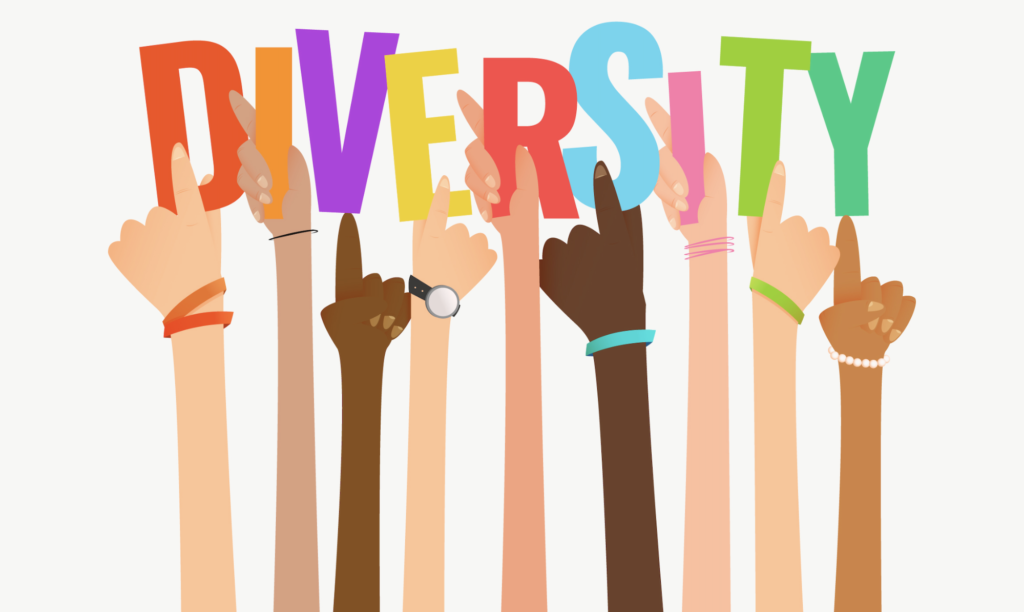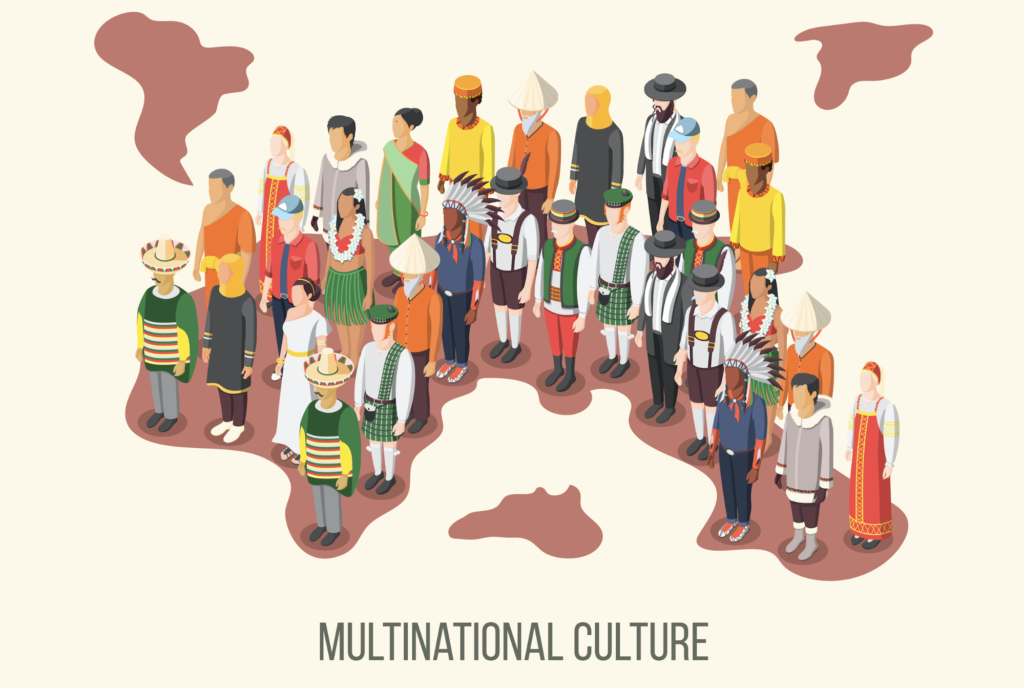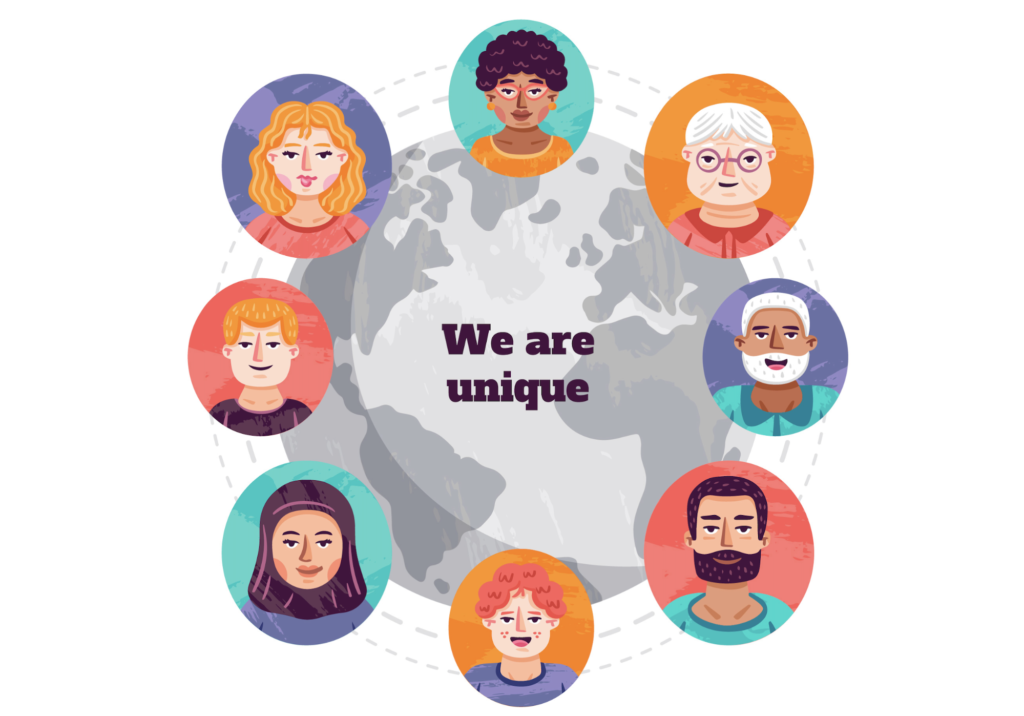The Control Of Language Damages Cultural Identity And Diversity
We live in an incredibly diverse world. This rich tapestry of people, cultures, and languages has formed over thousands of years. Roughly 6,900 spoken languages are in use in the world today, but many are endangered as the number who speak them decreases. These languages are intrinsic to the cultures that speak them, and as they disappear so do the cultural identities that intertwine with them.
Throughout history, it has been common for conquering nations to enforce their languages upon the people who they have conquered. This continues to this day across the globe, such as in China where ethnic minorities are having their languages replaced by Mandarin. How is control of language used to manipulate people? How Is linguicide used as a form of control? What is lost when a language disappears? What can be done to save endangered languages? In this article we will be looking at exactly these questions as well as the importance of language in maintaining cultures and diversity.

These conquering tendencies are not limited to any one nation or culture. No example used in this article is intended to pick on or call out a particular nation or people. Instead, it is to look critically at the results of this common trait and desire to dominate others. The goal should be to see a better path where we see the damage of presenting one culture or worldview as superior. The loss of a culture is a loss for all of humanity and the realization of that is the first step on a path where we support others instead of stamping them down.
How Is Language Related To Culture?
In order to understand why we need to keep languages alive to ensure the existence of their related cultures, we first need to understand the relationship between the two. One of the first things a child learns is how to communicate with their parents and family. Even before that child learns to speak their first word, they begin to understand what the words they hear mean. This is one of the first transmissions of a culture from a parent to their child.
As a child grows up, words then are used to explain and transmit the traditions of the culture to them. The language itself gives words to ideas and concepts that might not even exist in other tongues. As an example, Mamihlapinatapei is a word from the Yámana language of Chile’s indigenous Yagán culture that roughly translates to: “The wordless, meaningful look shared by two people who both desire to initiate something, but are both reluctant to do so.” This word and the tongue that gave birth to it is at risk of being lost by the Yagan people, as by 2019 only one native speaker remained.
Merriam-Webster defines culture as “the customary beliefs, social forms, and material traits of a racial, religious, or social group”. If we then look at American anthropologist Alfred L. Krober’s statement that “culture, then, began when speech was present, and from then on, the enrichment of either means the further development of the other”, we can see the ways languages and cultures intertwine. We then can begin to process the loss that occurs when these languages are taken away.
1. How Is Control Of Language Used To Manipulate Us?
Now that we have seen the relationship of language and culture, we need to look at how language is used to manipulate and change a culture. As mentioned in our introduction, conquering nations have commonly used language as a tool of subjugation and assimilation. With knowledge of the connection between culture and language, it is obvious why this is a common colonization tactic. Colonizing cultures usually “imposed their language onto the peoples they colonized, forbidding natives to speak their mother tongues.” Native-tongues were prohibited and punishments meted out for the use of them.
By controlling the language that people use to communicate, the transmission of culture through it becomes restricted as well. Now, the vernacular of the colonizing culture becomes used to transmit its beliefs and ideals instead. Over time, this new tongue and its culture has become the dominant one in the community and the indigenous culture to which it was connected begins to fade away.

This control of language is a tool used to manipulate people beyond just those who are victims of colonization. It also finds an effective use manipulating those who speak a language natively, by tying the use of the language to a sense of cultural supremacy or as a sign of patriotism. In early twentieth century America, “English Only” laws were established as part of an “Americanization” campaign targeting immigrants from across Southern and Eastern Europe. This wave of “Americanization” not only served to stir up a patriotic fervor, but also to show who was a good American by tying the speaking of English to loyalty to country.
The “Americanization” campaign did not just manipulate English speakers by tying the act of speaking English to patriotism. It also had a similar effect on immigrants as well. Immigrants dropped their names and abandoned their mother-tongues, if not by choice than by education policies that made English the only acceptable language of study. This lasted until the case of a teacher charged with teaching a bible story to a child in German was brought before the Supreme Court in Meyer v. Nebraska, which ultimately ruled the laws unconstitutional. Not that the ruling has stopped language control advocates from attempting to revive these laws, including pushes for a constitutional amendment to make English the official language.
2. Linguicide As A Form Of Control
As discussed before, one of the most effective uses of language control to oppress and manipulate people is through the practice of linguicide. This can happen in several ways, but whether done by violence or educational manipulation it serves the same goal. Restriction and control of native-tongues has brought many to extinction and many more to the brink, oftentimes taking the cultural identities they are born from with them.
More than half of the nearly 6,900 spoken languages in the world today are at risk of extinction in the next 100 years. Cultural superpowers spent centuries spreading a few hegemonic languages across the globe, and have left a graveyard of voices in their wake. In many cases, this was done as intentional policy as a part of colonization efforts. In others, it was the result of languages falling out of favor due to the dominance of trading languages.
The Kurdish language is a case of a language that has been driven to the brink by a mixture of nearly every form of language control over centuries. The Ottoman Empire presided over policies that stripped away Kurdish cultural and language identity, and restricted education in Kurdish inhabited areas. The Ottoman Empire fell and was then replaced by the Republic of Turkey and the Hashemite monarchy in Iraq. Until its fall in 1958 the Iraqi monarchy incorporated nationalism into its development of its Language Education Policy. In Turkey the speaking of Kurdish was banned and speakers were painted as uncivilized and poorly educated.
Things would not be better for the Kurds in Iraq, after the overthrow of the monarchy there was a brief golden age. However; then the Ba’ath Party of Saddam Hussein imposed even stricter restrictions on speaking Kurdish which were usually backed by violence. These restrictions went hand in hand with policies of assimilative education as an attempt to reduce the number of Kurdish people. As happens in many of these stories, this cultural genocide soon gave way to a physical one.
As mentioned in the beginning of the article, similar policies are happening across the globe today. As countries seek to increase control over their minority populations, language control continues to be an often used tool to control the population. Restricting use of a language, banning a language from being taught, teaching language superiority, and encouraging stereotyped perceptions of speakers of a language are all methods of manipulation and control.
3. What Is Lost When A Language Goes Extinct?
One does not have to look far to see languages that have gone extinct or are on the verge. At one point there were 176 languages known to be spoken in the United States. Of those, 52 are now thought dormant and many of the rest are dwindling down to their last speakers. From the policies of the past to urbanization of the present, all of it has led to this era of mass linguistic extinction.
One of the motivating factors of the existence of this article came from the search for contributors to the Navajo language content for the Encore!!! app. There are less than 17,000 people alive who speak Navajo according to Wikipedia, but it was difficult to find speakers with the fluency and vocabulary needed for conversation on a wide variety of topics. Proof that sometimes just looking at the numbers does not give the full picture of the problem.
What is lost with those languages? We have established that language and culture are intertwined, and so when one dies the other suffers at the very least. Children lose the ability to bond with the elders of their communities in their native-tongue along with the connection to their cultural roots. This leads to them not possessing a sense of cultural identity, as they instead identify with the larger hegemonic culture.
Without language, religious and cultural ceremonies also start to disappear. The words that are spoken and passed down through generations, the stories that form mythologies and bond communities, these are all lost without the words to speak and understand them. Foods, arts, and worldviews all are also lost with language and culture. These traditions pass into the past only to be replaced by the traditions of the dominant culture at large.
Cultural identity is important to the understanding of oneself. Having a sense of cultural identity has correlation to positive effects on self esteem as well as your relationship to the world around you. At the same time, having more people with diverse cultural identities also helps us all by allowing us to interact with people with a wider range of experiences. It is not just members of a culture that lose when languages die, but society as a whole.
4. What Can Be Done to Save Endangered Languages?
This leaves us with one last question. What is there to do in this dire situation? How can we save these remaining languages and possibly revive some of the ones which are now gone? It is not hopeless, but it does require reforms of thought both on a personal and societal level.
- Encourage governmental reforms to encourage education in these languages and preserve them, and end policies that stigmatize their use.
- Family involvement in language and cultural preservation, including exposure to and communication with grandparents and family elders who speak the native-tongue.
- Involvement of indigenous peoples in governmental and policymaking, especially in education.
- Taking advantage of technology to preserve and teach languages and the related cultural traditions for future generations.
There are already some great strides being made on the community level to revitalize dying languages, and bring back lost ones. Spoken Hawaiian has had a great resurgence thanks to an island wide movement to revive it, taking the number of speakers from 2,000 to over 18,000. Similar efforts have happened with the Māori in New Zealand, and even a revival of both Welsh and Cornish in the U.K.

On an individual level, learning languages is one way to start. Remember that when you learn a language your understanding and ability to learn increases by learning the culture as well. Do not just simply think about the words you are saying, but think of why you are saying them. How they came to be. The worldview they reflect. Taking the opportunity to learn your own cultural identity and the native-tongue (or tongues) of your ancestors.
There is a mistaken belief that we can only speak one language and that learning more is not an efficient use of time or resources. This is not true though. Across Asia, Europe, and Africa we see people who can speak several languages while seamlessly switching between them. Very useful when you live in locations where several languages intersect. Learning to speak new languages is also useful for increasing your ability to understand the world around you, avoiding falling into groupthink, and great for brain health too!
Learning languages that are endangered or isolated also has a positive economic impact on the communities that speak them. Increasing the ability for them to interact and trade with others, while also maintaining their cultural roots and not losing their native-tongue to the “lingua franca”.
Given the proper resources, anyone can learn five or six languages especially when starting as children. Adults and older teens can learn a new language in one or two years on average, and less with proper dedicated study.
Outside of the local level and what we can do as individuals and communities, we also must be aware of linguicide and cultural erasures that happen across the globe. Speaking out when possible and encouraging our own governments to take positions to protect peoples and the ways of life they carry with them.
Conclusion
Throughout history control of language has been a tool of manipulation and oppression. It leads to the death of languages as well as the cultures that those mother-tongues bear. Those types of language control policies need to come to an end and be left in the past to prevent further linguicide. The spoken word and the culture that speaks it are intertwined, and when we lose one we risk losing the other. Efforts on both the community level as well as in national governments should be made to preserve and revitalize these languages as much as possible and ensure their survival.
Take this opportunity to learn a new language, or perhaps an old one. Connect with your cultural roots or with a culture that is new to you. If you have kids, make it a family project! An app such as Encore!!! can be a great way to learn, and well worth your effort to try.
The Encore!!! app even has the MyEntry feature, which allows users to create language lessons to help teach others to speak any language. Soon you will even be able to create your own “no-code” app through the MyEntry feature, allowing those who speak a language to seed it to others. Those seeds can grow and flourish in the beauty of revitalization of what was at risk of being lost!

